As global power systems increasingly demand greater environmental friendliness and efficiency, reactors (Detuned Reactor / Harmonic Blocking Reactor) have become crucial devices used in many countries' power grids. Particularly in Brazil, where the electricity demand is rapidly growing, the introduction of reactor technology has not only effectively addressed harmonic issues in the power grid but also played an essential role in enhancing grid stability and reliability. This article explores the application of the 500kV dry-type shunt reactor technology in Brazil and highlights the innovations and technological breakthroughs it brings.
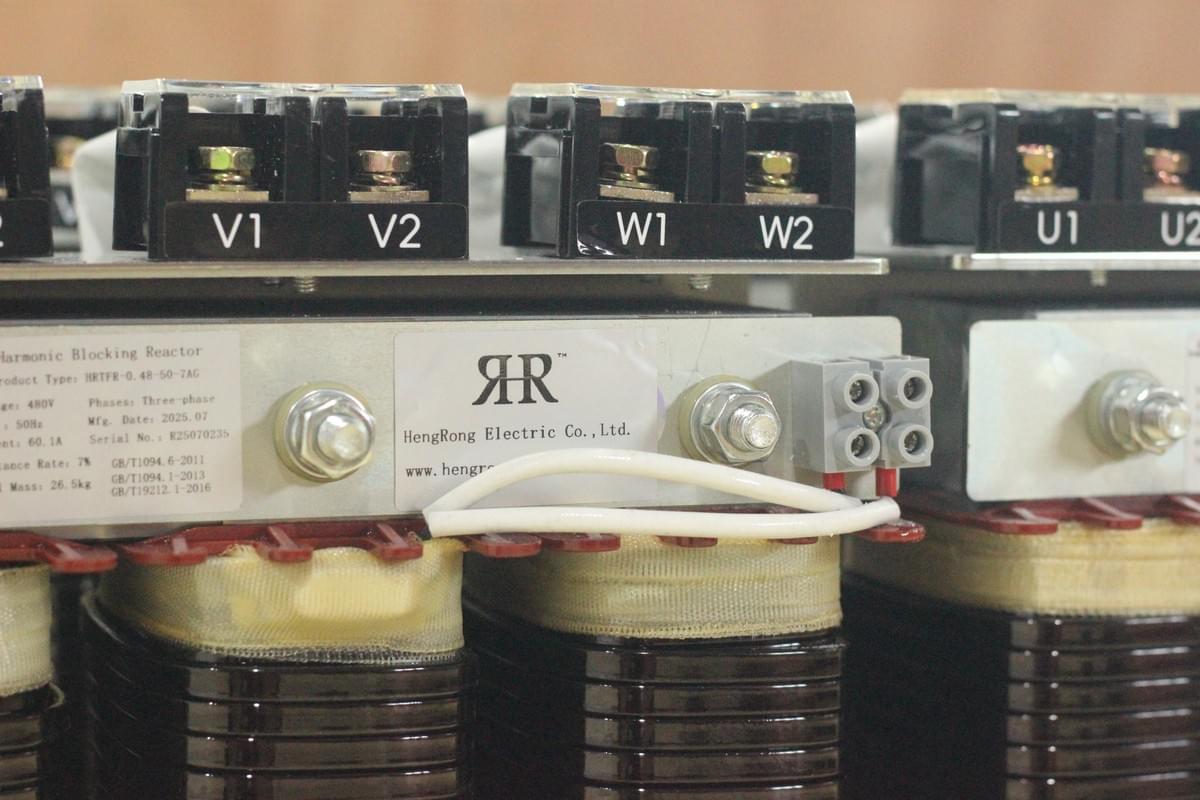
Basic Principles and Importance of Reactors
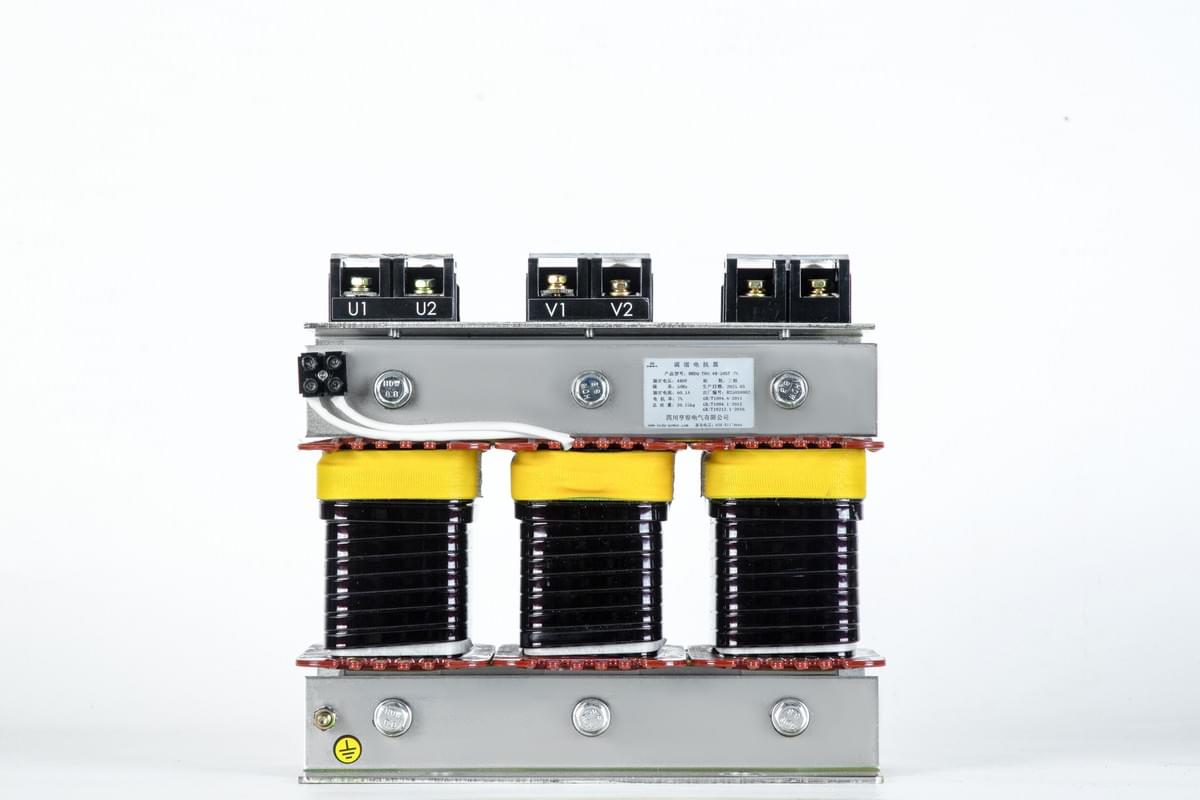
Reactors (Detuned Reactor / Harmonic Blocking Reactor) are key devices used for reactive power compensation and voltage regulation in power systems. By regulating the voltage within the power grid, they ensure current stability and prevent system instability caused by voltage fluctuations. Reactors play an irreplaceable role in modern power systems, particularly when facing power load changes and frequent grid faults. They can effectively balance voltage and eliminate harmonics, ensuring efficient operation of the power system.
Application Background of the 500kV Dry-Type Shunt Reactor in Brazil
As the largest economy in Latin America, Brazil's electricity demand has been growing rapidly in recent years, especially with the expansion of its high-voltage transmission network. The introduction of 500kV dry-type shunt reactor (Detuned Reactor / Harmonic Blocking Reactor) technology aims to address harmonic pollution and voltage fluctuations in Brazil's power system.
In Brazil, traditional oil-immersed reactors face environmental and safety risks, such as oil leakage and fire hazards. To overcome these issues, dry-type reactors, known for their oil-free, environmentally friendly, and safe characteristics, have gradually become the preferred choice in the power industry. Particularly in Brazil's unique climatic environment, the stability and adaptability of dry-type reactors are critical.
Technological Advantages of the 500kV Dry-Type Shunt Reactor
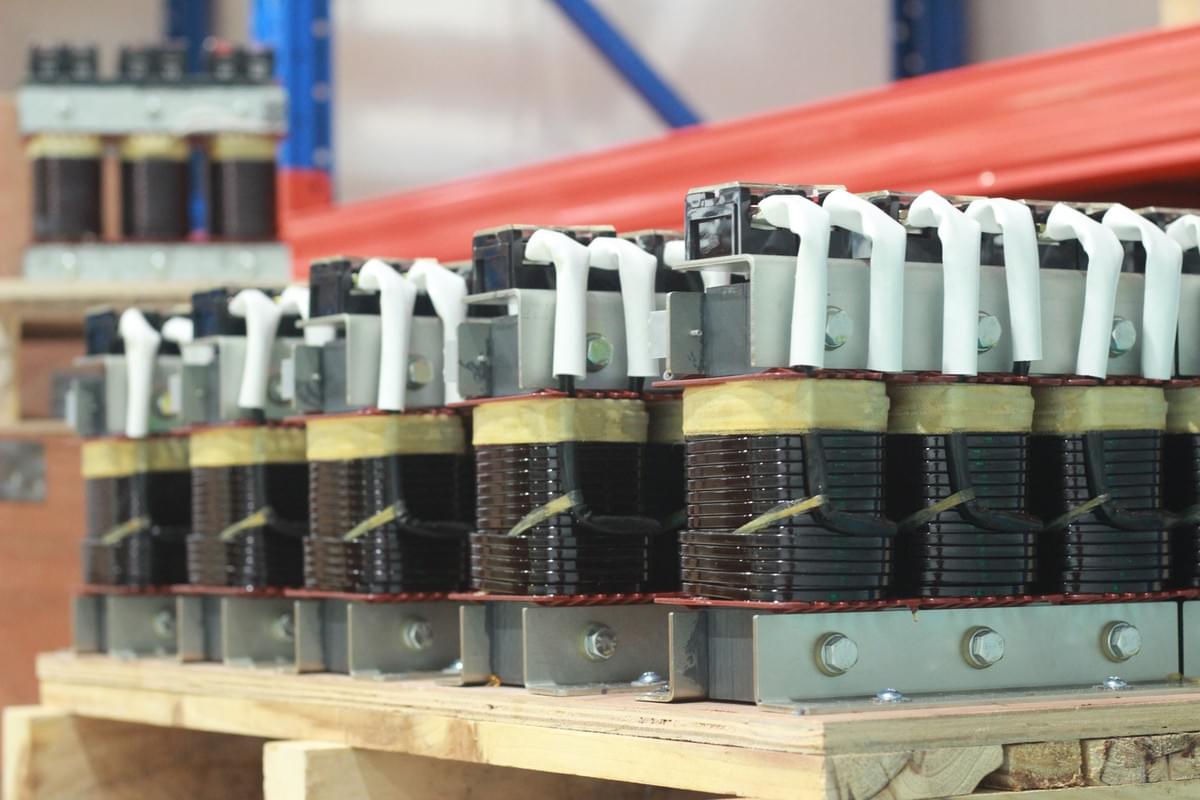
The 500kV dry-type shunt reactor adopts advanced insulation technology and innovative heat dissipation designs, enabling it to operate efficiently and stably in high-voltage power systems. The main technological advantages are as follows:
1. Advanced Insulation Technology
The dry-type reactor uses epoxy resin impregnation and nanocomposite materials, significantly improving the insulation performance and partial discharge resistance. This innovative insulation technology ensures the reactor performs excellently even in Brazil's high-temperature, high-humidity environment.
2. Innovative Heat Dissipation Design
Brazil's tropical climate places higher demands on the heat dissipation performance of electrical equipment. The 500kV dry-type shunt reactor employs a composite heat dissipation structure with multi-channel forced air cooling and phase change material assistance. This design effectively controls the temperature rise of the device, ensuring stable operation even in high-temperature environments.
3. Optimized Electromagnetic Design
By adopting multi-layer staggered winding and gradient insulation technology, the 500kV dry-type shunt reactor optimizes the electric field distribution and enhances short-circuit resistance. This design enables the device to maintain efficient and stable operation even when the grid experiences load fluctuations.
4. Modular Structure
The 500kV dry-type shunt reactor has a modular design that reduces production costs and facilitates transportation and on-site installation. The reliable connection between modules ensures fast commissioning and use during installation.
Practical Application in Brazil's Power System
1. Technology Introduction and Standard Adaptation
One of the main challenges in applying the 500kV dry-type shunt reactor in Brazil was how to combine international standards with Brazil's local power technology standards. The research team conducted an in-depth study of Brazil’s power standards and successfully developed technical specifications that meet local requirements, ensuring the smooth introduction and application of this technology.
2. Addressing Climate Challenges
Brazil’s tropical climate presents significant challenges to the heat dissipation and insulation performance of electrical equipment. The 500kV dry-type shunt reactor was designed to meet these challenges, employing advanced heat dissipation and moisture-proof designs to ensure long-term stable operation in high-temperature, high-humidity environments.
3. Efficient Harmonic Control
Brazil’s power grid suffers from significant harmonic issues, particularly in high-voltage grid regions. The 500kV dry-type shunt reactor effectively reduces harmonic pollution in the grid through its unique harmonic blocking functionality, improving the power system's power quality.
Future Prospects: Continuous Development of Reactor Technology
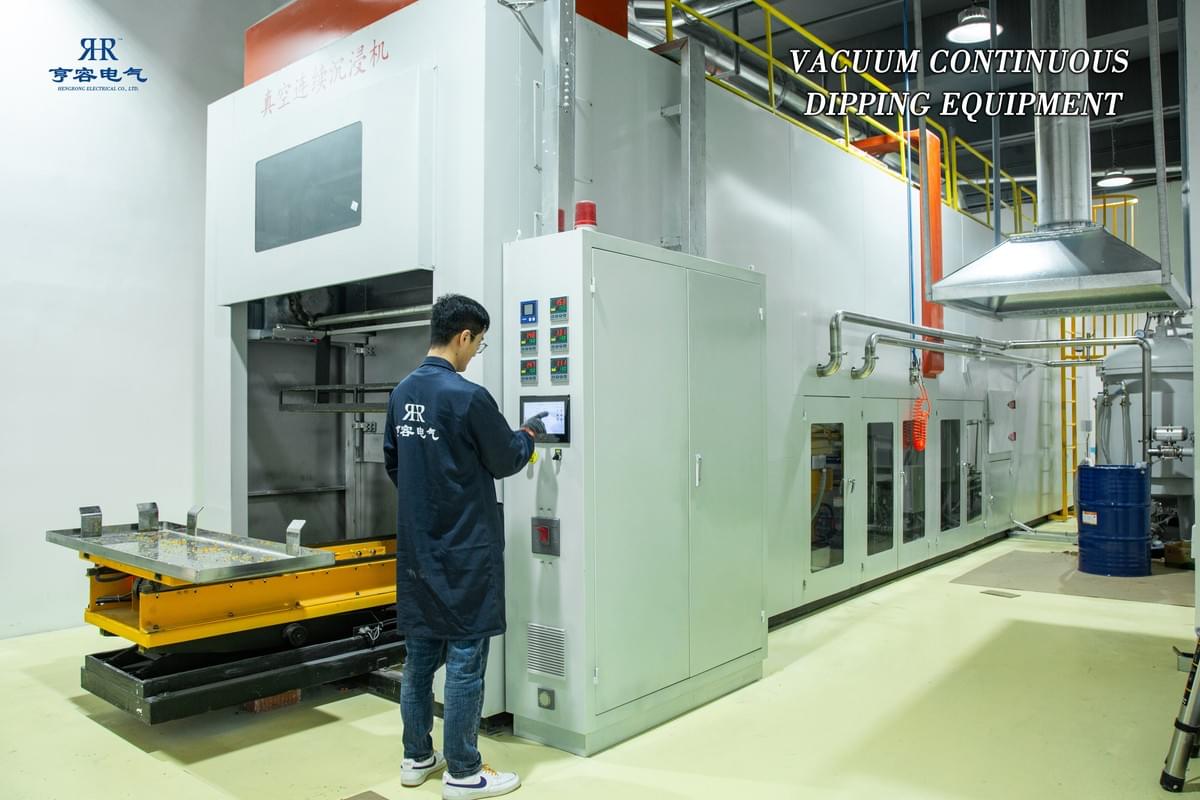
1. Technological Upgrades
With the continuous growth in electricity demand, the 500kV dry-type shunt reactor will continue to evolve, exploring the possibility of higher voltage levels (such as 800kV and above). Furthermore, research on new materials and technologies will continue to improve the device’s performance and reliability.
2. Intelligent Development
The future of reactors will integrate more intelligent technologies, utilizing big data and artificial intelligence to monitor equipment operating conditions and conduct predictive maintenance. This will further enhance the operational efficiency and reduce the likelihood of faults.
3. Advancing Standardization
With technological progress, the process of standardizing reactor technology will continue to move forward. By cooperating with organizations such as the International Electrotechnical Commission (IEC), efforts to promote the international standards for 500kV and higher dry-type shunt reactors will enhance the global influence of Chinese power equipment technology.
Conclusion
The successful application of 500kV dry-type shunt reactor (Detuned Reactor / Harmonic Blocking Reactor) technology in Brazil has not only provided technical support for the stable operation of Brazil's power grid but also contributed to the global advancement of the power system. As technology continues to improve and international collaboration deepens, reactor technology will play an increasingly important role in global power systems. In the future, we believe that reactors will provide more innovative solutions to promote the sustainable development of the power industry worldwide.
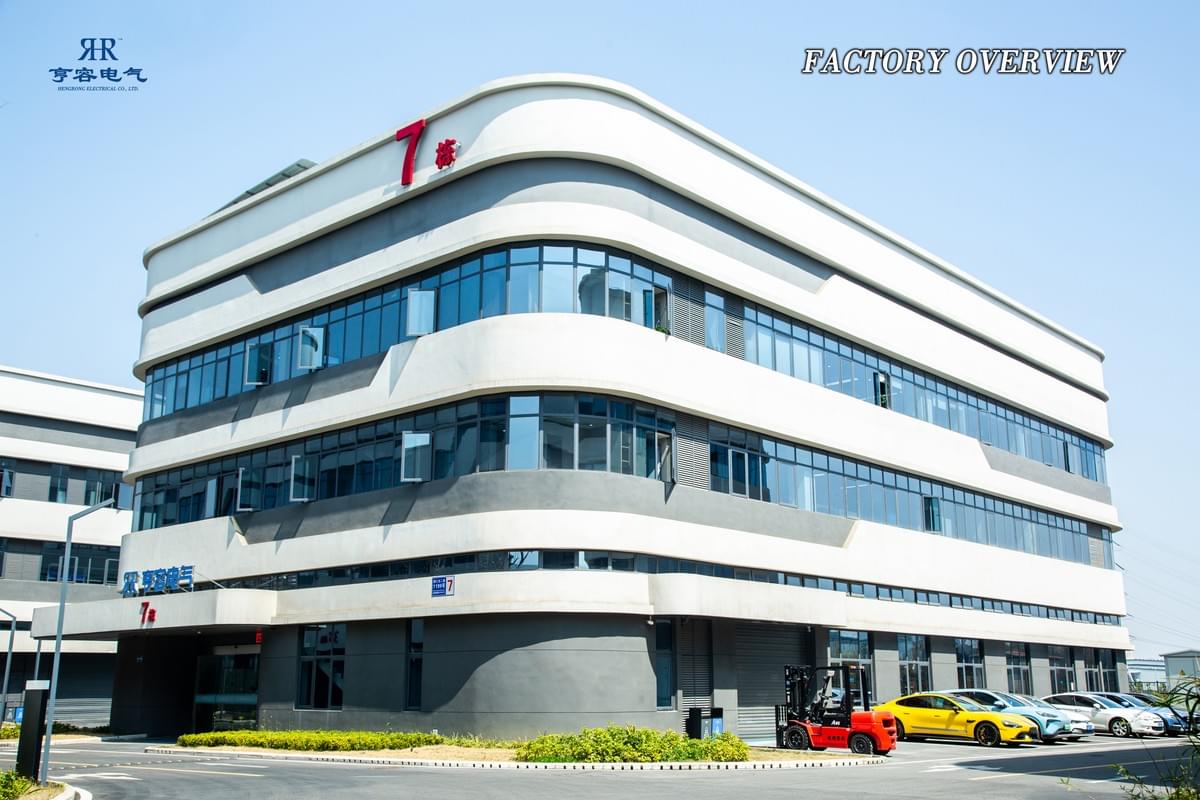
At Hengrong Electrical, we understand that every detail in power control matters. From advanced product design to innovative filtering solutions, we are committed to delivering reliable, efficient, and future-ready technologies. By choosing Hengrong, you gain more than just products — you gain a trusted partner dedicated to helping your business achieve smarter, safer, and greener operations.
